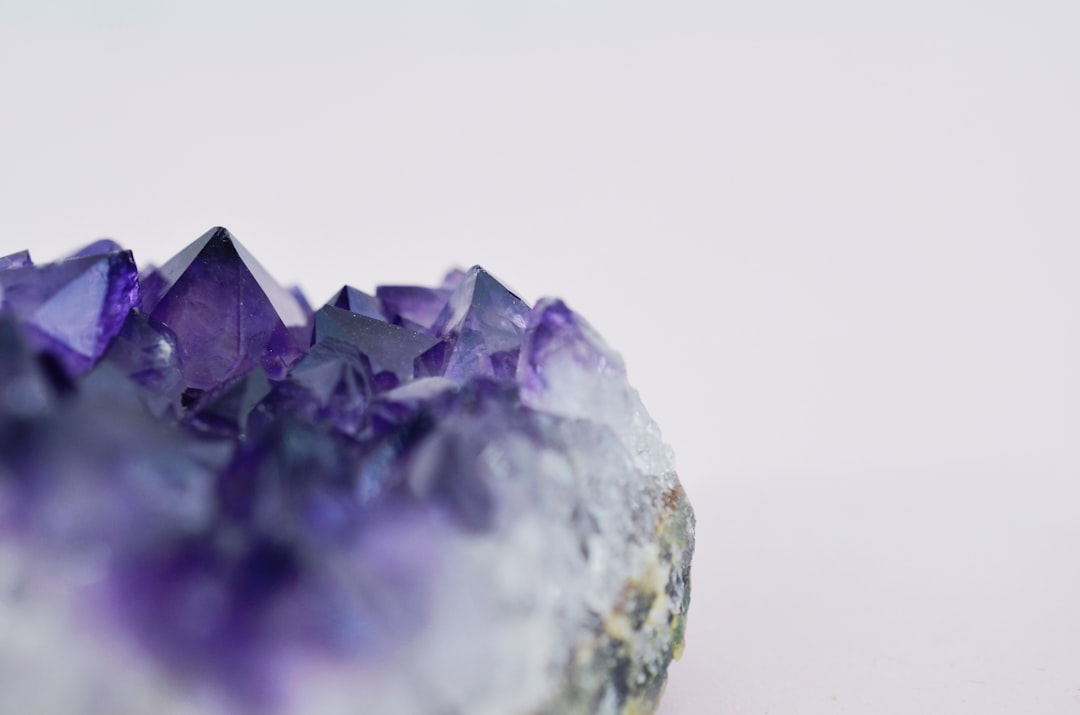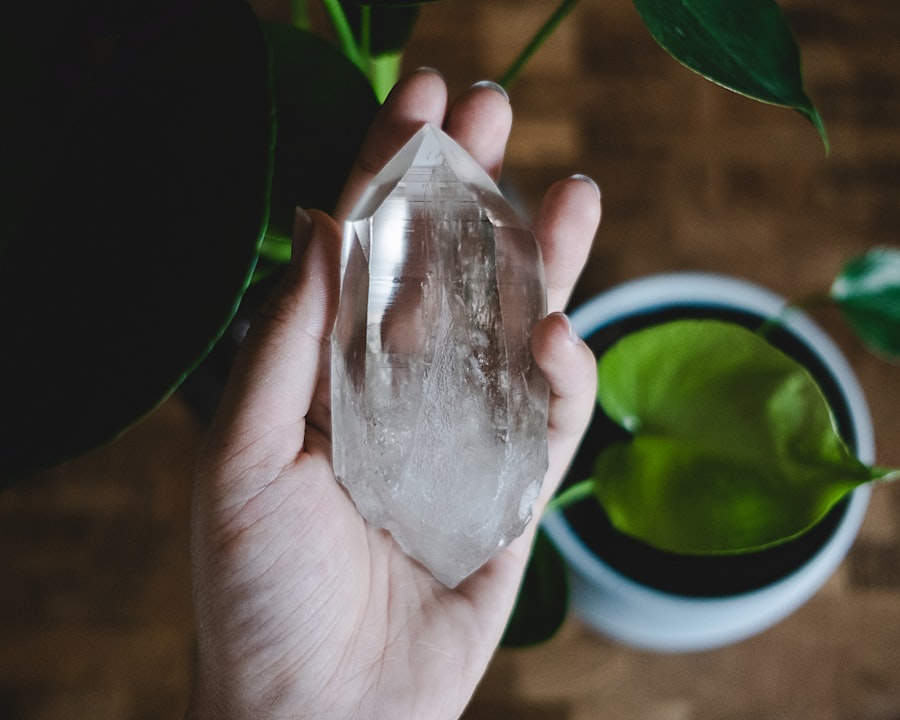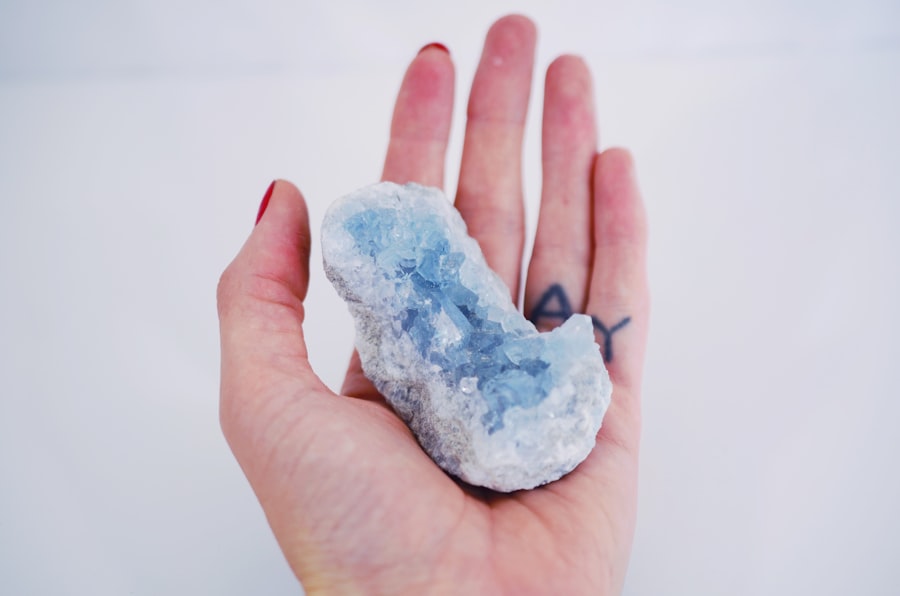
The Maldives, an archipelago of 26 atolls in the Indian Ocean, is renowned for its stunning natural beauty, crystal-clear waters, and vibrant marine life. This tropical paradise, located southwest of Sri Lanka and India, consists of over 1,000 coral islands, each offering unique landscapes and experiences. The Maldives is not just a destination for sun-seekers; it is a haven for divers, snorkelers, and anyone looking to immerse themselves in a serene environment.
The country’s geography is characterized by white sandy beaches, lush palm trees, and an abundance of coral reefs that teem with colorful fish and other marine creatures. The cultural tapestry of the Maldives is equally captivating. The nation has a rich history influenced by various cultures, including South Asian, Arab, and African elements.
The official language is Dhivehi, and the predominant religion is Islam, which plays a significant role in the daily lives of the Maldivian people. The capital city, Malé, is a bustling hub that contrasts sharply with the tranquil resorts scattered across the islands. Visitors to the Maldives can expect not only breathtaking landscapes but also a glimpse into the local way of life, making it a multifaceted destination that appeals to a wide range of travelers.
Key Takeaways
- The Maldives is a tropical paradise consisting of 26 atolls and over 1,000 coral islands in the Indian Ocean.
- The Maldives is the lowest-lying country in the world, with an average ground level of just 1.5 meters above sea level.
- Top places to visit in the Maldives include the capital city of Male, the stunning beaches of Maafushi, and the luxurious resorts of Baa Atoll.
- Must-see sights in the Maldives include the glowing beach of Vaadhoo Island, the underwater restaurant at Hurawalhi Island Resort, and the vibrant marine life at Hanifaru Bay.
- Hidden gems of the Maldives include the local island of Thulusdhoo, the untouched beauty of Fuvahmulah, and the traditional fishing village of Guraidhoo.
- Tips for traveling to the Maldives include packing light, respecting local customs, and being mindful of the environmental impact on the delicate ecosystem.
Fun Facts about the Maldives
The Maldives is home to some fascinating facts that may surprise even seasoned travelers. For instance, it holds the title of the flattest country in the world, with an average elevation of just 1.5 meters above sea level. This unique geographical feature makes it particularly vulnerable to climate change and rising sea levels, prompting ongoing discussions about environmental conservation and sustainable tourism practices.
The highest point in the Maldives is only about 2.4 meters above sea level, located on the island of Villingili in Addu Atoll. Another intriguing aspect of the Maldives is its rich biodiversity. The archipelago boasts over 2,000 species of fish and more than 200 species of coral.
This incredible marine diversity makes it one of the top diving destinations globally. The waters surrounding the islands are also home to several endangered species, including hawksbill turtles and reef sharks. The government has established numerous marine protected areas to safeguard these ecosystems, reflecting a commitment to preserving the natural beauty that attracts millions of tourists each year.
Top Places to Visit in the Maldives

When planning a trip to the Maldives, certain locations stand out as must-visit destinations. One such place is Malé, the capital city, which offers a vibrant mix of culture and modernity. Visitors can explore local markets like the Malé Fish Market, where fresh catches are brought in daily, or visit historical sites such as the Old Friday Mosque, built from coral stone and adorned with intricate carvings.
The National Museum provides insight into the rich history of the Maldives, showcasing artifacts from various periods. Another iconic destination is Maafushi Island, known for its budget-friendly accommodations and lively atmosphere. Unlike many private resort islands that cater exclusively to luxury travelers, Maafushi offers a glimpse into local life while still providing access to stunning beaches and water sports.
Visitors can engage in activities such as snorkeling, diving, and even dolphin watching tours. The island’s vibrant guesthouses and local eateries serve delicious Maldivian cuisine, allowing travelers to savor traditional dishes like mas huni (a tuna salad) and garudhiya (fish soup).
Must-See Sights in the Maldives
| Sight | Location | Description |
|---|---|---|
| Malé | Malé Atoll | The capital city of the Maldives, known for its colorful buildings and bustling markets. |
| Fihalhohi Island | South Malé Atoll | A popular snorkeling and diving spot with vibrant coral reefs and diverse marine life. |
| Bioluminescent Beach | Vaadhoo Island | A natural phenomenon where the waves glow in the dark due to bioluminescent phytoplankton. |
| Utheemu | Haa Alif Atoll | The birthplace of Sultan Mohamed Thakurufaanu, a national hero of the Maldives. |
Beyond the well-known destinations, the Maldives is dotted with breathtaking sights that are essential for any traveler’s itinerary. One such sight is the underwater coral gardens found around many islands. These vibrant ecosystems are teeming with life and provide an unparalleled snorkeling experience.
Locations like Banana Reef and Maaya Thila are particularly famous for their stunning coral formations and diverse marine species. Snorkelers can expect to encounter everything from clownfish hiding among anemones to majestic manta rays gliding gracefully through the water. Another remarkable sight is the bioluminescent beaches found on some islands, such as Vaadhoo Island.
Here, visitors can witness a natural phenomenon where tiny phytoplankton emit a blue glow when disturbed by waves or footsteps on the sand. This enchanting spectacle creates a surreal atmosphere that feels almost otherworldly. Many travelers describe walking along these glowing shores as a magical experience that should not be missed when visiting the Maldives.
One such gem is Thulusdhoo Island, known for its surf breaks and laid-back vibe. This island attracts surfers from around the world who come to ride its famous waves at Coke’s surf break.
Another lesser-known destination is Dhigurah Island, which features one of the longest sandbanks in the Maldives. This tranquil island is perfect for those seeking solitude and natural beauty without the hustle and bustle of more commercialized areas.
Dhigurah offers pristine beaches and excellent snorkeling opportunities right off its shores. The island’s friendly locals are eager to share their culture with visitors, making it an ideal spot for those looking to connect with Maldivian traditions while enjoying breathtaking scenery.
Tips for Traveling to the Maldives

Traveling to the Maldives requires some planning to ensure a smooth experience. First and foremost, understanding the best time to visit is crucial. The dry season runs from November to April when weather conditions are ideal for beach activities and water sports.
However, this period also coincides with peak tourist season, so booking accommodations well in advance is advisable if you plan to visit during these months. When it comes to transportation within the Maldives, it’s essential to be aware that many resorts are located on private islands accessible only by speedboat or seaplane from Malé International Airport. Travelers should factor in these additional travel times when planning their itineraries.
For those looking to explore local islands or engage in budget-friendly options, public ferries are available but may have limited schedules. Cultural sensitivity is another important aspect of visiting the Maldives. As a predominantly Muslim country, visitors should dress modestly when exploring local islands and respect local customs and traditions.
While resort areas may have more relaxed dress codes, it’s advisable to cover shoulders and knees when venturing into local communities. Lastly, consider engaging in sustainable tourism practices during your visit. The Maldivian government has made significant strides toward environmental conservation, but tourists can contribute by minimizing plastic use, participating in beach clean-ups, and supporting eco-friendly businesses.
By being mindful of your impact on this fragile ecosystem, you can help preserve the beauty of the Maldives for future generations while enjoying all that this stunning destination has to offer.
If you’re intrigued by the stunning landscapes and cultural insights provided in our article on Maldives Facts, Places, and Sights, you might also enjoy exploring another fascinating destination. Consider reading our detailed guide on the Democratic Republic of the Congo, which offers a deep dive into its rich history, diverse ecosystems, and must-visit places. This comprehensive article will not only enhance your understanding of another unique location but also expand your travel wishlist. You can read more about it by visiting Democratic Republic of the Congo Facts and Places to Visit.
FAQs
What are the Maldives?
The Maldives is a tropical paradise located in the Indian Ocean, southwest of Sri Lanka and India. It is an archipelago consisting of 26 atolls and over 1,000 coral islands.
What is the capital of the Maldives?
The capital of the Maldives is Malé, which is located on the southern edge of North Malé Atoll.
What is the official language of the Maldives?
Dhivehi is the official language of the Maldives, but English is also widely spoken, especially in the tourism industry.
What are some popular tourist attractions in the Maldives?
Popular tourist attractions in the Maldives include the stunning beaches, vibrant coral reefs for snorkeling and diving, luxury resorts, and the Malé Fish Market.
What is the climate like in the Maldives?
The Maldives has a tropical climate with warm temperatures year-round. The monsoon season runs from May to October, while the dry season is from November to April.
What are some traditional Maldivian dishes?
Traditional Maldivian dishes include mas huni (tuna and coconut salad), garudhiya (fish soup), and bajiya (spiced fish pastries).
What are some popular water activities in the Maldives?
Popular water activities in the Maldives include snorkeling, diving, surfing, and fishing. The crystal-clear waters and abundant marine life make it a paradise for water sports enthusiasts.



